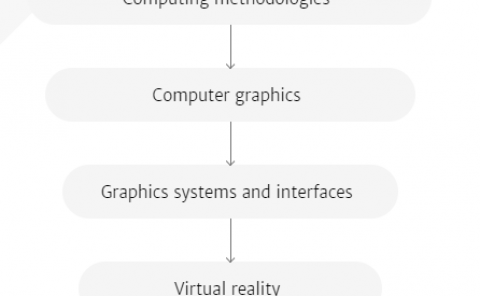Virtual Global Landmark: An Augmented Reality Technique to Improve Spatial Navigation Learning
PubDate: May 2021
Teams: University of Technology Sydney;The University of New South Wales
Writers: Avinash Kumar Singh;Jia Liu;Carlos A. Tirado Cortes;Chin-Teng Lin
PDF: Virtual Global Landmark: An Augmented Reality Technique to Improve Spatial Navigation Learning

Abstract
Navigation is a multifaceted human ability involving complex cognitive functions. It allows the active exploration of unknown environments without becoming lost while enabling us to move efficiently across well-known spaces. However, the increasing reliance on navigation assistance systems reduces surrounding environment processing and decreases spatial knowledge acquisition and thus orienting ability. To prevent such a skill loss induced by current navigation support systems like Google Maps, we propose a novel landmark technique in augmented reality (AR): the virtual global landmark (VGL). This technique seeks to help navigation and promote spatial learning. We conducted a pilot study with five participants to compare the directional arrows with VGL. Our result suggests that the participants learned more about the environment while navigation using VGL than directional arrows without any significant mental workload increase. The results have a substantial impact on the future of our navigation system.


